This article on Paul Sant was originally published in the March 2014 issue of Street Machine
OVER the last 10 years, Paul Sant of Proflo Performance has morphed from being the go-to guy for brutal street cars in Sydney to one of the few builders of consistently high-level Elite cars in the country.
Winning the John Taverna Memorial Award (previously called the Master Craftsman Award) at Street Machine Summernats 27 was a fitting recognition of Paul’s talent and passion for his work.
“I think it is really cool that Paul won the first award named after JT,” says Summernats head judge Owen Webb. “They both come from a drag racing background and like John, Paul is an innovator and a very hard worker.”
Still as humble as ever, the hard-working spanner-man spends 70-80 hours every week steering one of Australia’s premier automotive success stories.
Where did it all start for you?
I’m nothing by trade and started at USA Imports out the back stripping engines. After a while I moved to sales and would watch and learn from the mechanic that worked on-site. When he left, I began building engines full-time. From there I moved to a machine shop, where I ported cylinder heads, learnt machine-work and continued engine-building. I also had the benefit of learning from my dad, who always did his own automotive repair work. In 1998, I opened up my own shop and it’s really gone from there.
Looking down the barrel of a six-second pass, Tristan Ockers’ small-block Ford Capri has run 7.42@194mph with Paul’s help
Tristan Ockers’ Ford Capri MINCER has been the flagship for Proflo from the outset; how did that come about?
Yes, 100 per cent. Tristan used to go to Alex Precision Machining to get his work done and, when Alex sold the business, Tristan followed me. The car has been a work in progress from the outset and we have only ever hurt the engine from making too much power. To date we have run a 7.42@194mph and, for a small-block, it’s doing well. Like all these deals, they require money and priorities, but we’re confident when we can get both ends of the run sorted we can run close to a six-second pass.
Anthony Sant’s unbelievable ’57 Chev debuted at Summernats 17 and has attracted trophies like a vacuum, winning Top Judged and People’s Choice along with a whole lot more prime tinware
Your brother Anthony’s 1957 Chev was an incredible build. After a build of such intensity, how has it changed your business approach to show cars? Was that car a turning point for you?
The 1957 put me on the map and made a statement. When we built the car, we weren’t trying to build a show car, we just wanted to finish a car off that way. We knew we did it right because of the trophy haul it amassed when we finally rolled it out. From that car, things have evolved a lot since Summernats 17, mainly engineering and body modifications.
Paul’s beautiful ’57 convertible started as “a piece of shit”. Now fully restored, the immaculate 283ci Chevy’s only modification is a lower ride height
For a long time Proflo has been a small operation; what’s behind the scenes today?
I have a full-time mechanic and two chassis-builders, my brother does the wiring and I still build the engines. To build a full Elite-style car today, the car only needs to leave my shop for paint; everything else is done in-house. All engine machining and head work is also done in-house.
So why build race cars when there is so much other work available to you?
I have an interest in racing and, to be honest, modern race cars are now show cars in their own right, so it all fits our agenda. By having my own fabricators, I have more control over the jobs and it’s more about being able to do it all in-house. I’m happy to build either as they are all built to the same high standard at our in-house facilities.
What was your scariest time at the track? There have been a couple of big accidents over the years; what did you take away from those experiences?
The CRAYZE Torana went over at Willowbank and Sydney. To be honest, we have absolutely no idea what caused the crashes. They were accidents with no apparent cause.
One of Paul’s big projects was doing the fabrication work on this 1949 Ford coupe for Daniel Slater from Kingpins Kustom Paint in Newcastle. The car has been sheeted-out, has a four-link rear end and a tubular front. It will be powered by a 392 Hemi with Hillborn stack injection, converted to EFI
Do you think the Street Elite and Elite cars you build are good street machines, aside from the impact element?
The cars are heading more towards street-driven than trailer queens. Over the past 10 years the cars have developed so that now every single aspect of the car, from brakes to undercarriage, drive-line, body mods and performance, is not overlooked. Everything is built to the extreme.
What’s the biggest challenge for a car builder like yourself?
The level is so high today, people’s budgets won’t always let them have the massive-impact cars they see. People see insane builds but don’t realise the cost. We are lucky that the industry is very strong at the moment, but when I look at what it costs to build an insane car I find it hard to justify the build costs. And the labour component is probably only 20 per cent on Street Elite, but getting closer to 40-50 per cent on an Elite car. There is no shortage of customers, but often a shortage of time, so getting work out to a high standard faster is the goal. My greatest challenge as a business owner is to make each car unique in styling.
What’s the one thing owners contemplating a serious build need to understand?
It’s always been the same: to build cars within their budget and not get carried away by what they see around them. They need to remain focused on the purpose of the car and not be distracted by what other people have done or are doing.
Over the past 20 years there’s really been a big shift in the street-car level. Do you think performance is still affordable?
Yes, definitely. Salaries have changed and there is a greater availability of parts. My business is focused on older cars, not newer cars, where performance is easy to gain.
What’s it cost to build a Top 20 car today and what will you get for your money?
You need to spend $150-250K, depending on what performance level you want. For that you will get a car with a serious drivetrain, stunning paint and panel, and something that goes and stops.
Paul Souma’s twin-turbo big-block ’56 Chev – ATTACK
In the last few years, quite a few of the cars you have built are real standouts; do you think by making them so pretty, owners alter their on-road intentions for the car?
When you spend the kind of money you do to build Elite cars, how can you cut a corner? Everything must be mint and I think that most of the owners want to savour the moment of having a perfect car before they steer them in the direction they were built for. Paul Souma’s twin-turbo 1956 Chev is about to hit the road and will be a regular event car making over 2000rwhp; Paul Todarello’s hatchback will be racing into the mid-sixes this year; and Blake Fardell’s XY may do some Powercruise-style events, but has been built as a real street-driver.
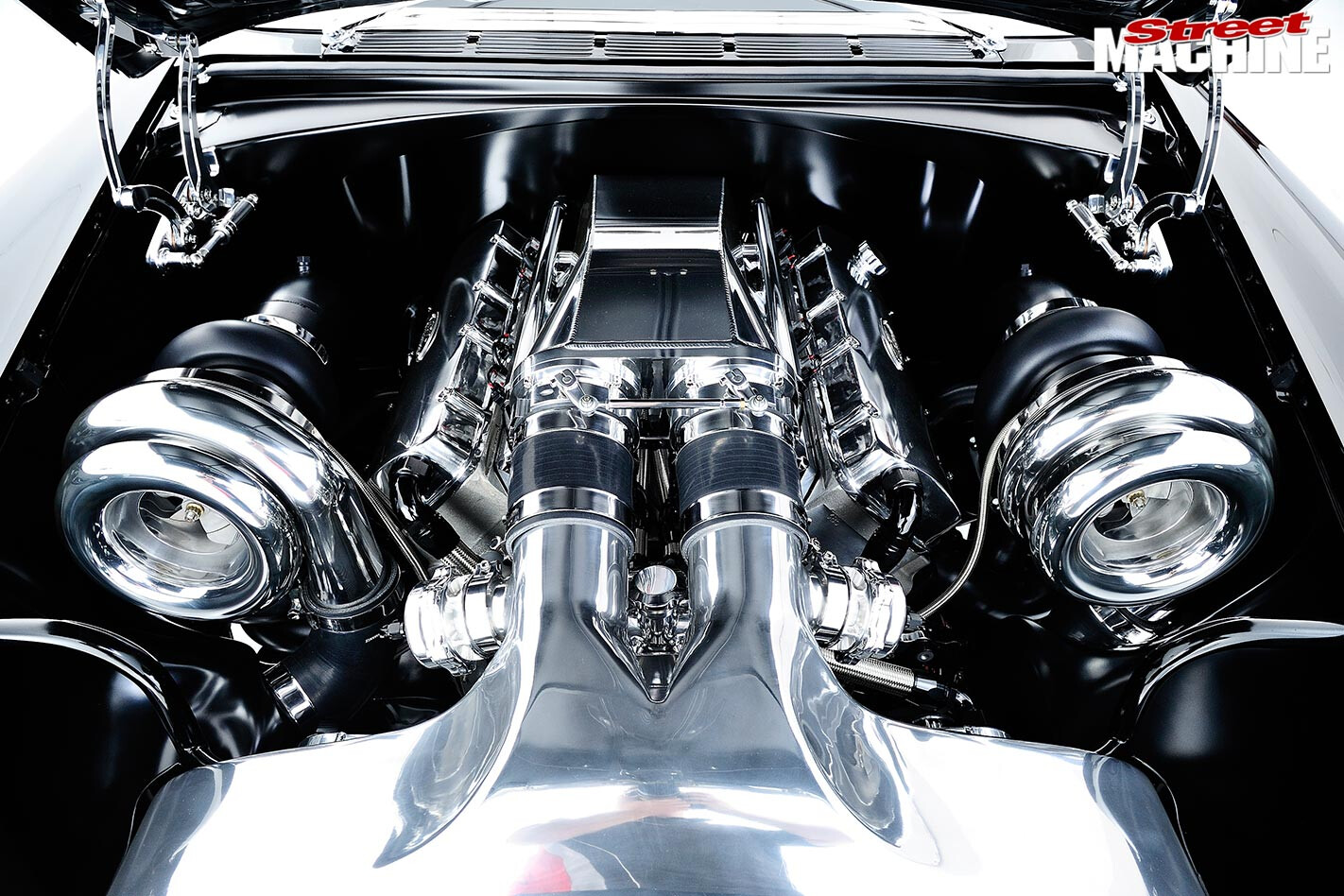
With so many cars now having stunning paint, trim, wheels, brakes, attitude and impact, is engineering really the only avenue left to stun people?
Absolutely! Engineering will be the new ‘wow’ factor for us. And body modifications, of course.
In some states, there is a lot of pressure on owners of highly modified cars who drive their cars on the road. Do you think this will have an impact on businesses like yours?
Not really. We build a lot of event-style burnout and Powercruise cars and people don’t care about rego. The engineering laws for NSW don’t hinder us in what we build. Ultimately, it’s a matter of interpretation.
Featured in SM March 1996, Paul’s blown and injected LX hatch was an impressive machine, but 15 years later he cut it up to build Paul Todarello’s 2500hp twin-turbo monster that was unveiled at MotorEx last year
So how do you feel about your old hatchback, which featured in Street Machine (March 1996) and is now Paul Todarello’s car?
Clearly there was a sentimental attachment to that car. I had it on my L-plates! It felt weird cutting up my own car, but we built a bigger and better car. It is great to see it go through to the next level.
What’s on the build next?
We have a couple of cars happening at the moment, but right now we’re focused on Lui Panzarino’s LJ Torana. It’s got a blown and injected full-billet Alan Johnson small-block that will make over 2000hp as a Supercharged Outlaws-style car. Lui is not interested in turbos and wants to run fast with a small-block. He’s getting George Separovich involved to tune the motor. We are doing the whole car minus the motor package. It’s a serious car that should run low-sixes. We’re also building another XY Falcon that will be a Street Elite car with a 600-cube sheet-metal Ford shotgun (Hemi-headed) engine. The motor is brand new and, on pump gas, will make 1000hp aspirated. The rest of the car is: 22×12-inch rear tyres, 22-inch fronts, flat sheet-metal engine bay, four-link rear. This will get shown a couple of times, then is earmarked for street duties.
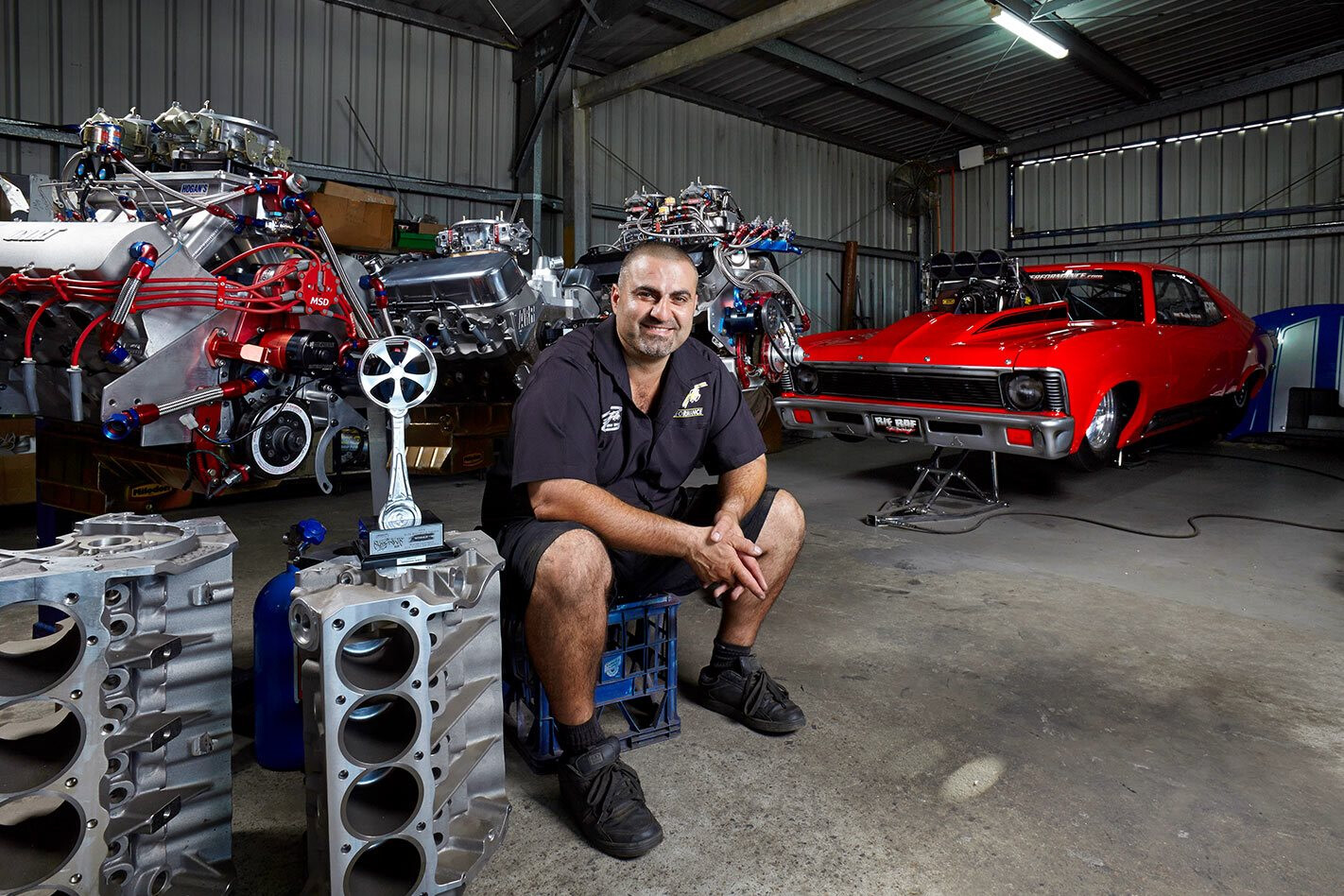
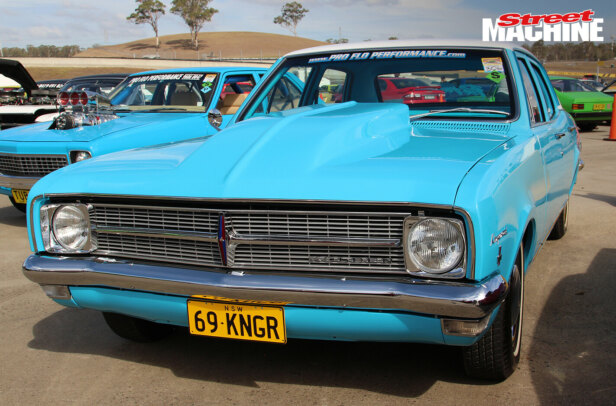
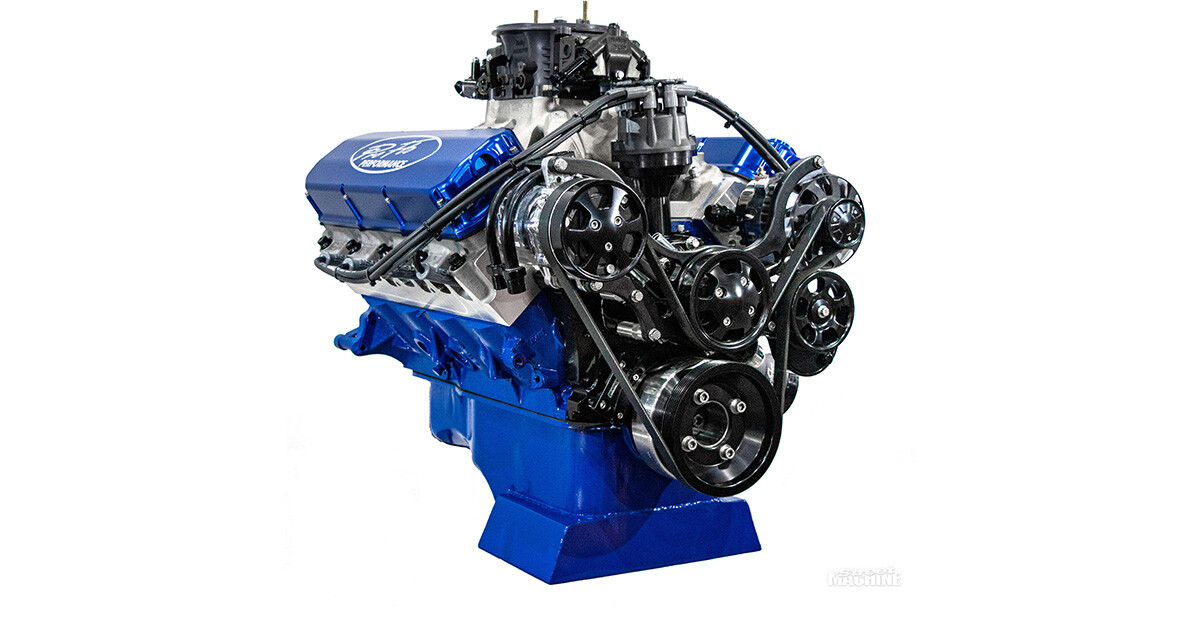
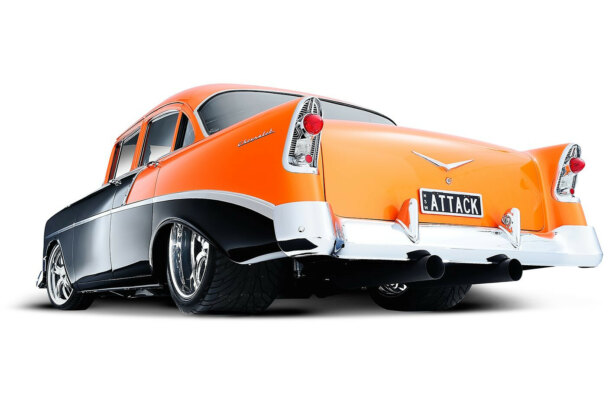
Comments